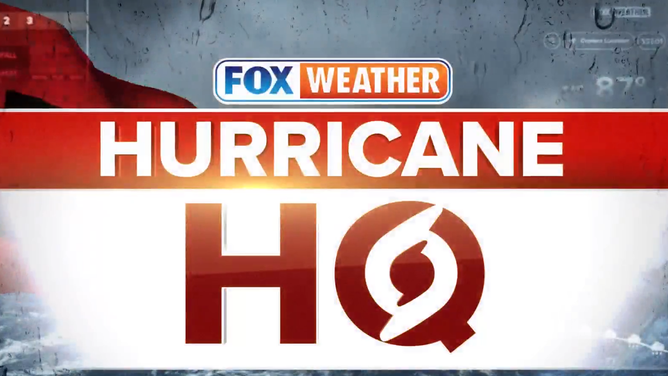Bryan Norcross: Atlantic tropical disturbance Invest 92L is getting better organized
The disturbance appears to have a broad circulation, and computer forecast models mostly predict that it will develop into a tropical depression or tropical storm this week. If it organizes and winds reach 40 mph, it will be named Bret.

(FOX Weather)
Updated at 9:30 a.m. ET
The Tropical Disturbance in the far eastern Atlantic is now designated Invest #92L by the National Hurricane Center.
This simply means that additional computer forecast models are now focused on the disturbance, and other internal processes have been kicked off. Normally, systems that appear to have the potential to develop get designated as Invests along the way.

(FOX Weather)
Saturday
The disturbance appears to have a broad circulation, and computer forecast models mostly predict that it will develop into a tropical depression or tropical storm this week. If it organizes and winds reach 40 mph, it will be named Bret.
This is a good time to be sure that everyone understands the National Hurricane Center’s Potential Development Area graphic.

(FOX Weather)
NHC
The red area looks like a cone, but it’s not like the cones we’re used to that the NHC issues once a storm develops. This zone is simply the area where the disturbance is likely to organize into a tropical depression or tropical storm some time over the next few days. Even though the system is expected to initially track in the direction the red area indicates, this is not a forecast that says it will continue tracking within the development zone.
As soon as the system has an organized circulation so it’s designated a tropical depression, the Hurricane Center will start issuing a standard forecast cone, which will be broader than this potential development zone.
The main point is, no one should look at the red area on the graphic and think the system is forecast to turn north before the islands. There’s a fair chance that will happen, but there are credible computer forecasts that show some version of the system moving close to or over the islands. Though, as is often the case, a strong system appears more likely to turn north, and a weaker system’s path is less certain.
For now, everybody in the northeastern Caribbean islands needs to stay vigilant.
The extra-warm ocean water and lack of Saharan Dust seem to have opened the tropical Atlantic to early development this year. Though the weather pattern near the U.S. remains hostile.
There has been a lot of talk about El Niño developing in the Pacific for this hurricane season. That process is underway, but it’s just now cranking up. We’re not seeing its hostile upper winds over the tropical Atlantic yet.
This season is shaping up to be a big battle between the normally-hurricane-limiting El Niño and the extra-conducive Atlantic. But the tug-of-war has not yet begun.